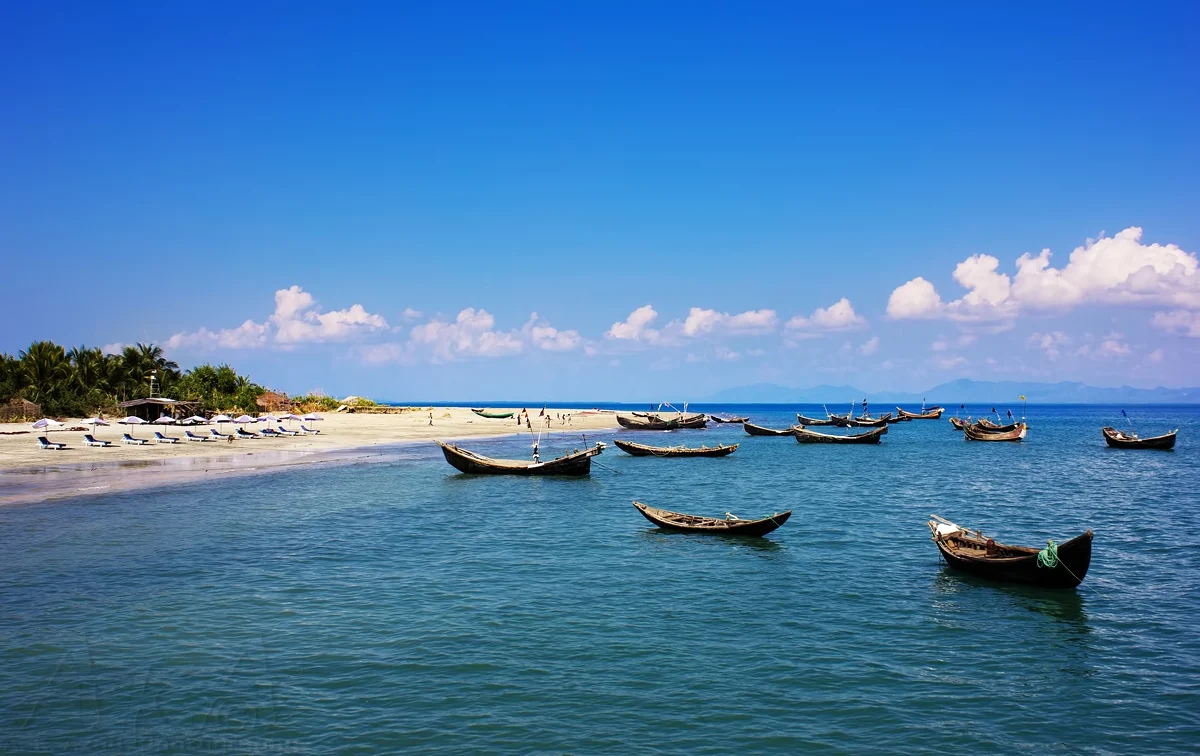

Over the past two decades, the biodiversity of Saint Martin's Island (SMI) has experienced a marked decline as the developed land on the coral island nearly doubled between 2005 and 2023, according to a government report.
"Between 2005 and 2023, developed land on SMI nearly doubled from 45.26 hectares to 86.13 hectares, with significant declines in agricultural and vegetated areas due to unregulated tourism and construction," said the draft "Master Plan of Saint Martin's Island".
The master plan is designed to enhance the Saint Martin's Island as a leading tourist destination, improve residents' quality of life, and protect the island's natural resources through coordinated efforts across multiple sectors.
Tourism serves as a primary attraction for the Saint Martin's Island, especially during the peak season from September to April, when daily visitor numbers range between 3,000 and 7,000. However, the island's limited area of 590 hectares is insufficient to accommodate such high tourist volume in a sustainable manner.
This excessive influx has exceeded the island's carrying capacity, resulting in development that surpasses sustainable thresholds.
The associated environmental challenges including increased waste and sewage production, inadequate drainage systems, unregulated growth of resorts and restaurants, habitat degradation, coral extraction, persistent poverty, limited alternative employment opportunities, unplanned infrastructure, and constraints in energy and eco-friendly transportation facilities have collectively placed significant pressure on both local ecosystems and the socio-economic stability of the resident community.
The Saint Martin's Island is recognised for its remarkable ecological diversity, including several coral species that are exclusive to this region of Bangladesh.
The island sustains a broad spectrum of invertebrates, algae, and coral communities, serving as a critical nesting area for endangered marine turtles and an important wintering habitat for migratory birds. Nevertheless, over the past two decades, the biodiversity of the island has experienced a marked decline.
According to official data, the island is home to 269 plant species distributed across diverse habitats, such as mangroves, bush lands, homesteads, and dunes. Both mangrove areas and wild bush lands are ecologically sensitive and play a critical role in maintaining coastal biodiversity.
The wildlife population encompasses 194 species, representing significant avian, mammalian, reptilian, and marine groups, including endangered marine turtles.
The island features about 66 coral species - both hard and soft varieties - positioning it as Bangladesh's unique hotspot for coral diversity. Seaweed is plentiful and contributes substantially to ecosystem energy dynamics. Fisheries boast over 475 fish species alongside a wide range of invertebrates, underpinning local livelihoods.
The draft master plan, which was prepared to regulate unplanned tourism, protect the island's fragile environment, and ensure sustainable management, has been uploaded on the notice board of the Ministry of Environment, Forest and Climate Change's website (www.moefcc.gov.bd) for public access.
All relevant ministries, departments, agencies, stakeholders, and commoners are requested to submit their written feedback on the draft plan by December 20 next to the email address - env2@moefcc.gov.bd.
